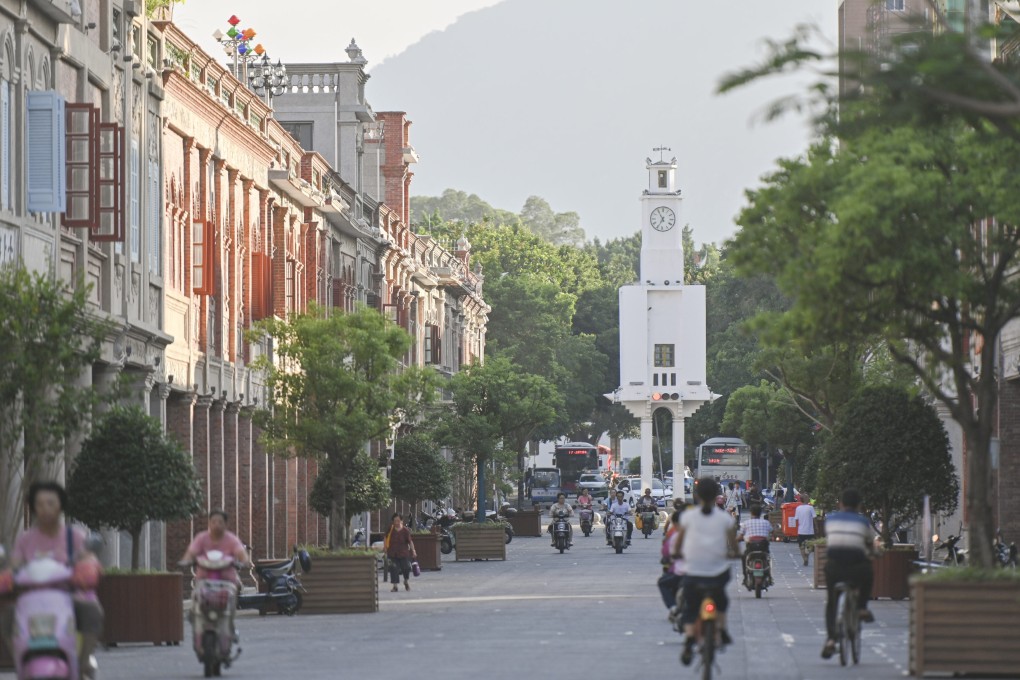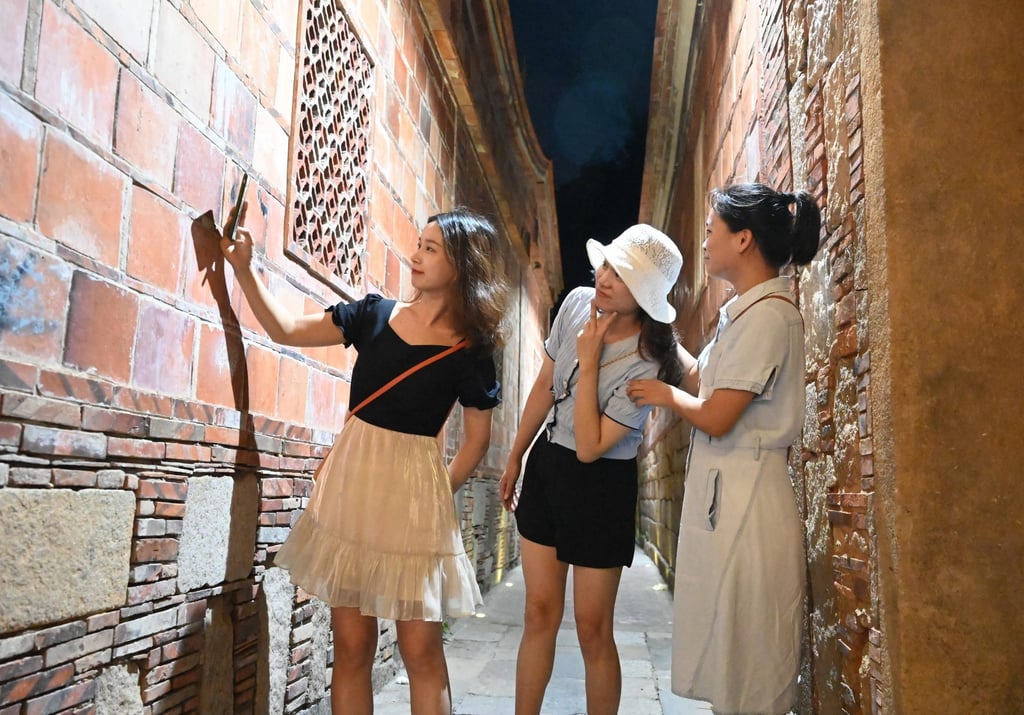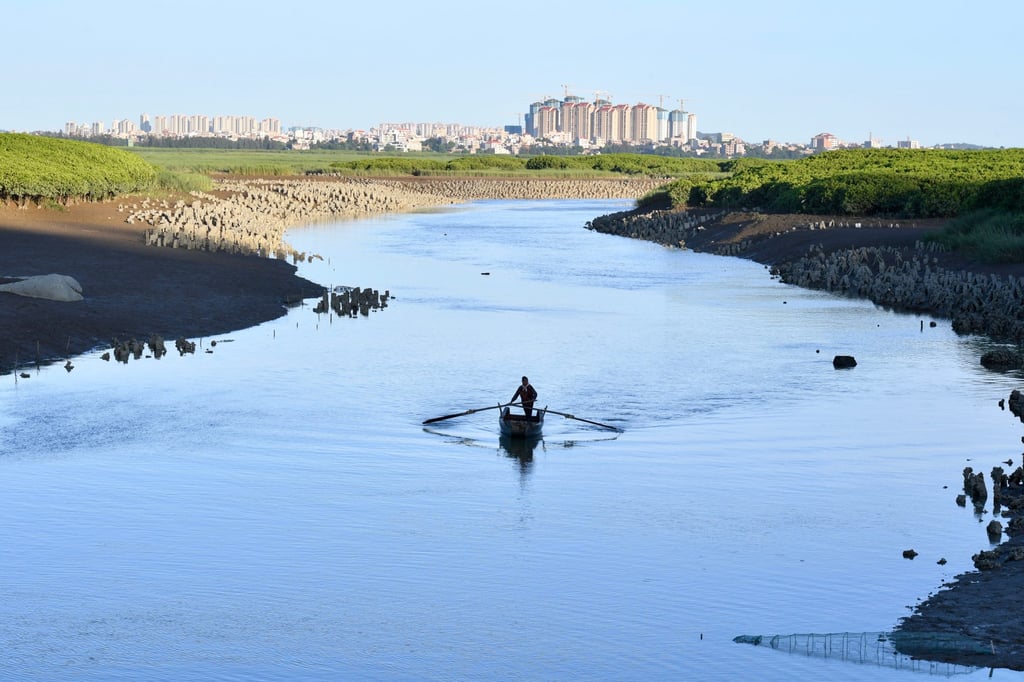Reflections | Quanzhou, Unesco World Heritage city in China that gave us ‘satin’, and its storied place in history
- Marco Polo called Quanzhou ‘one of the two greatest havens in the world for commerce’, and fellow global traveller Ibn Battuta was just as effusive
- A new addition to the Unesco World Heritage List, the city was devastated by an uprising among some of its thousands of foreign residents

On July 25, Unesco placed Quanzhou on its World Heritage List for its historical role as an “emporium of the world in Song-Yuan China”. Quanzhou (“chu-anne zhoh” for the Pinyin-challenged) is a coastal city in the southeastern province of Fujian. It does not often make the news but centuries ago, it was a bustling and prosperous “world city” that hosted ships and merchants from all over the world.
The entire south-eastern region of China had been inhabited by non-Han Chinese peoples since ancient times before it was colonised and incorporated into the Chinese empire more than 2,000 years ago. By the time of the Sui and Tang dynasties (AD581-907), the region had become as Chinese as the US west coast is American today. It was also then than Quanzhou became well known for the quality of its silks, ceramics and metals, as well as the excellence of its shipbuilders.
During the 400 years of the Song and Yuan dynasties (AD960-1368), Quanzhou was at the height of its prosperity and cosmopolitanism, having built trade relations with close to 100 states and settlements as far away as the Middle East and Europe. Tens of thousands of foreign merchants, missionaries, adventurers, noblemen and envoys lived and thrived in the city.
Zayton, Quanzhou’s “international name”, was a corruption of its Chinese epithet “City of Citong”, a popular nickname referring to the large quantity of citong, or tung trees, planted in the city since the 10th century. From the name Zayton came the English word “satin”, one of Quanzhou’s more famous exports.



